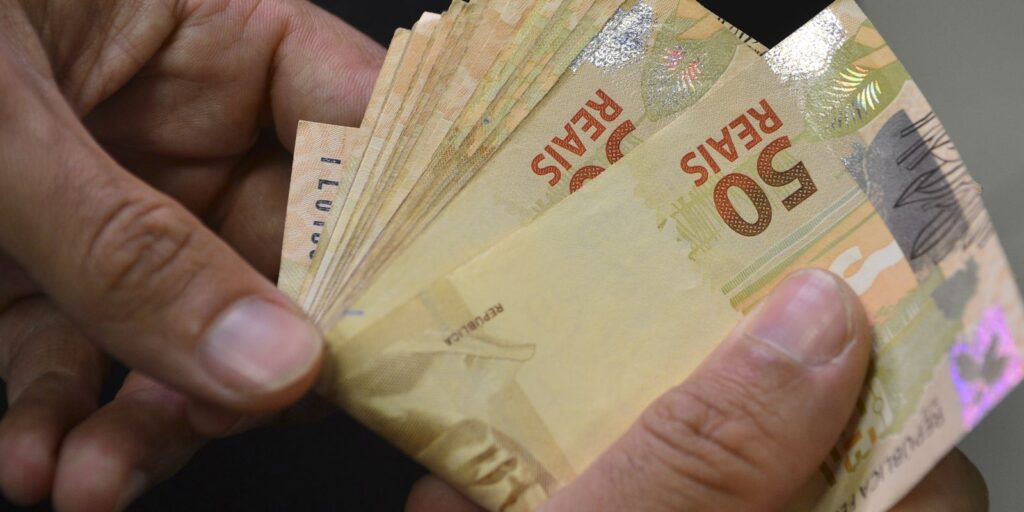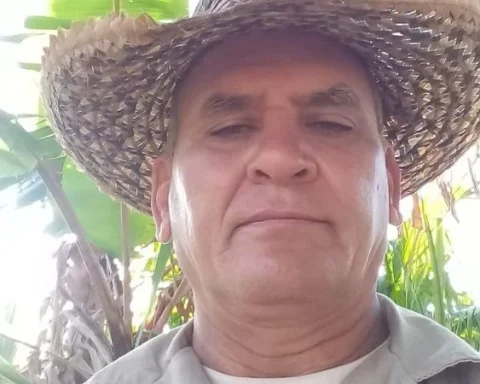Half of health centers worldwide lack basic hygiene services with soap and water or hand sanitizer in the places where patients receive care and in bathrooms, according to the latest report of the Joint Monitoring Program (JMP) of the World Health Organization (WHO) and Unicef.
The work called “Progress in WASH in health centers 2000-2021“It was released this Tuesday by the agencies and indicated that around 3.85 billion people use these facilities, “which puts them at greater risk of infection, including 688 million people who receive care in facilities without any type of hygiene service ” .
“Hygiene facilities and practices in healthcare settings are non-negotiable. Their improvement is essential for pandemic recovery, prevention and preparedness,” he said in the statement. María Neira, Director of the WHO Department of Environment, Climate Change and Health.
He continued: “Hygiene in health facilities cannot be guaranteed without increasing investments in basic measures, including safe drinking water, clean toilets and safely managed health care waste.”
The report noted that contaminated hands and environments play a significant role in the transmission of pathogens in healthcare settings and the spread of antimicrobial resistance.

Regarding the results, the study revealed that although 68% of the health centers had hygiene facilities at the points of care and 65% had facilities for washing hands with soap and water in the bathrooms, only 51% had both and therefore met the criteria for basic hygiene services.
Furthermore, 1 in 11 (9%) of health facilities worldwide do not have any of these services.
global data
They vary across regions and income groups: in sub-Saharan Africa, while three-quarters (73%) of health facilities in the region generally have alcohol-based hand sanitizer or soap and water at the points of care, only a third (37%) have handwashing facilities with soap and water in bathrooms.
Furthermore, in less developed countries, only 53% of health facilities have access to a protected water source in their facilities; for comparison, the global figure is 78%, with hospitals (88%) performing better than smaller healthcare facilities (77%), and the figure for East and Southeast Asia is 90%.
Globally, about 3% of health facilities in urban areas and 11% in rural areas had no water service.
Of the countries with available data, 1 in 10 health facilities globally had no sanitation service; the proportion of health care facilities without sanitation services ranged from 3% in Latin America and the Caribbean and East and Southeast Asia to 22% in sub-Saharan Africa.
In least developed countries, only 1 in 5 (21%) had basic sanitation services in health facilities.
The data also reveals that many health care facilities lack basic environmental cleanup and safe segregation and disposal of waste of health care.
“If health care providers don’t have access to a hygiene service, patients don’t have a health care facility,” said Kelly Ann Naylor, Director of WASH and Climate, Environment, Energy and Risk Reduction. Disasters (CEED) of UNICEF.
And he continued: “The hospitals and clinics without clean water and basic hygiene and sanitation services are a potential death trap for pregnant mothers, newborns and children. Every year, around 670 thousand newborns lose their lives due to sepsis. This is a parody, even more so because their deaths are preventable.”
It further emphasized that “interventions to increase access to handwashing with soap and water and environmental cleanliness form the cornerstone of infection prevention and control programs and are crucial to providing quality care, particularly for safe delivery.” “.
The report was presented at the World Water Week taking place in StockholmSweden, an annual conference that began August 23 and runs through September 1 exploring new ways to tackle humanity’s biggest challenges: from food security and health to agriculture, technology, biodiversity and climate.


















